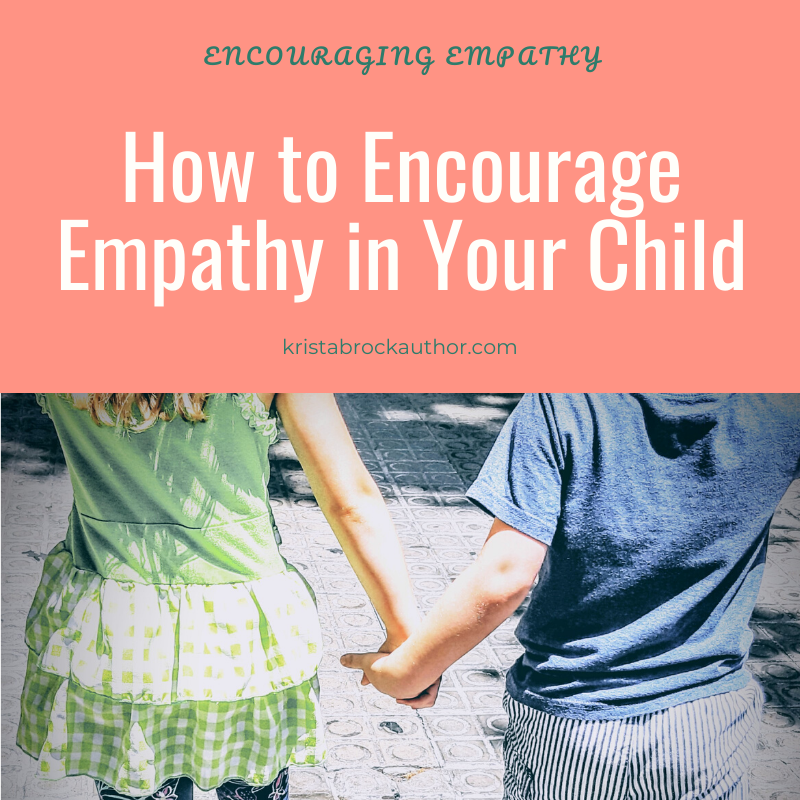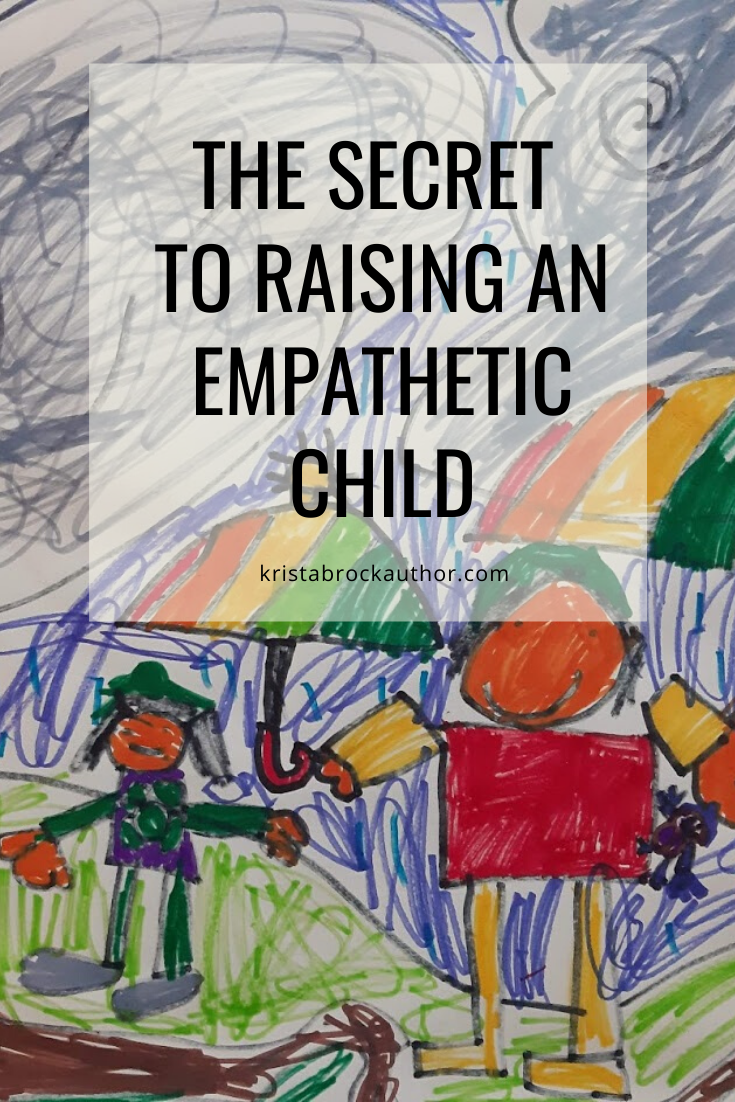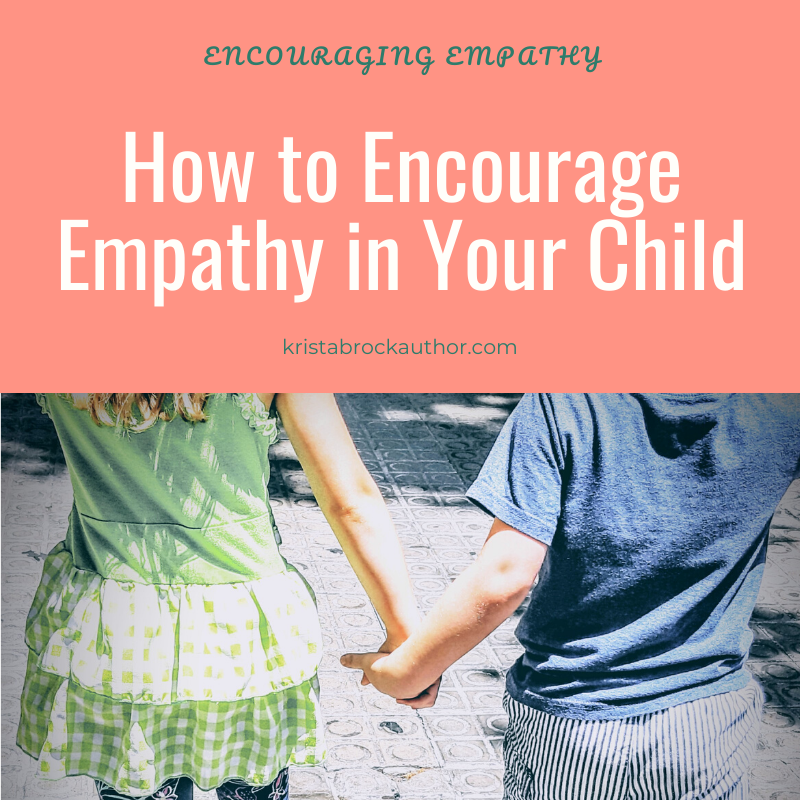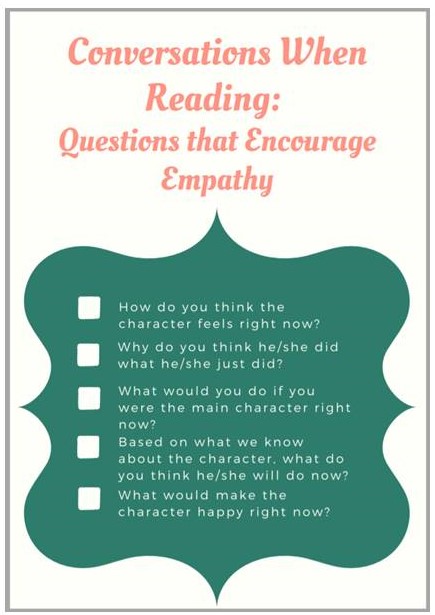
If you want to know how to encourage empathy in your child, look no further than your bookshelf. Books are the perfect tool for building both emotional and intellectual empathy. However, simply reciting the words on the page is not making the most of this valuable empathy tool.
If you want to know how to encourage empathy during story time at your house, let’s explore what empathy is, whether it is innate, and if and how it can be learned or enhanced.
What Is Empathy?
In short, empathy is the ability to understand and feel the emotions of another person. Empathy can serve us well in our close relationships so that we can share in the emotions of those close to us, and it can also serve us well throughout our lives and careers by allowing us insight into the actions of those around us and their possible reactions to what we are saying and doing.
Not all empathy is exactly the same though. There are three types of empathy, according to Daniel Goleman and Paul Ekman, psychologists referenced in an Inc.com article:
- Cognitive empathy
- Emotional empathy
- Compassionate empathy
Cognitive empathy has to do with understanding how another person feels and what their emotional responses might be. With cognitive empathy we can come to understand the motivations of other people. This type of empathy is very useful throughout life in personal relationships and interactions with colleagues, employers and employees.
Emotional empathy is about not only understanding other people’s emotions and but also feeling those emotions yourself. Emotional empathy can strengthen personal relationships. However, emotional empathy has the potential to be overwhelming.
Compassionate empathy, according to psychologists, is active. When we have compassionate empathy, we go beyond feeling and understanding the emotions of others and take action based on those understood and shared feelings. It causes us to step in to help someone who is struggling.
Is Empathy Innate, or Can People Acquire It?
In school, children are taught to read, write and do math. We don’t spend many academic hours focused on learning empathy. However, as it turns out, empathy is an acquired skill.
People are born with a capacity for empathy, and many pick it up along the way. However, empathy can be taught.
“The best way to think about empathy is an innate capacity that needs to be developed,” explains Peg Streep in an article on Psychology Today.
Interestingly, another article on Psychology Today pointed out that medical training has been shown to diminish empathy but that medical students or physicians can be taught to be more empathetic. Furthermore, when physicians are more empathetic to their patients, their patients are more likely to follow the doctor’s recommendations, according to research.

How Do You Teach Empathy by Reading?
If we accept that empathy can be taught, how do you teach empathy to your child?
A handful of studies have linked reading fiction and empathy, finding that reading fiction is linked to having heightened empathy. Studies of adults have shown that those who read novels are better at reading others’ emotions.
In a particular study in the Netherlands, students read a newspaper story about a man who goes blind. Researchers assessed the students’ empathy levels and found that their empathy levels rose immediately after reading the story and remained heightened even a week later, according to the BBC.
The reason reading stories raises empathy levels is because in reading, we are taking on the perspective of the characters, trying out their experiences, emotions, and reactions. We get to know the characters intimately by learning what is going on inside their minds as they encounter various experiences. According to the BBC, one psychologist, Keith Oatley, says fiction is “the mind’s flight simulator.”
To Encourage Empathy, Put the Book Down
Reading fiction with children can give them practice empathizing with others and beginning to understand the emotions and motivations of others. However, simply reciting the words on the page is not making the most of this valuable tool.
An article on Inc.com suggests that if you want to raise successful children, you should stop reading periodically to give your child a chance to soak in what is happening and put themselves into the character’s shoes.
We should be asking our children what they would do if they were one of the characters in the book.
I believe that we should push even further as our children mature to ask not only, “What would you do in this situation?” but also, “What do you think this character is going to do next.”
For example, when reading Rabbit and Robot: The Sleepover (a fun read and a great example for practicing cognitive empathy), we learn in the first chapter that Rabbit has a list of things he wants to do and is not particularly flexible when things don’t go according to plan. So when something strays from the plan in chapter two, instead of asking how our child would handle the situation, we can ask, “Based on what we know about Rabbit, how do you think he will handle this? What might he do next?”
This gives our child practice developing cognitive or intellectual empathy. They can understand what another is feeling even if they don’t feel it themselves. They can make a guess about how another will react even if it is not how they would react in the same situation.

Questions That Encourage Empathy
Of course, we can’t stop every sentence and examine every detail of every character’s emotions and responses. It would be exhausting, and we’d all quickly lose interest in the story. However, we can stop every few pages, or when a character is faced with a particularly big dilemma.
When we do stop, here are a few questions we can ask to encourage empathy and get a conversation started:
- How do you think the character feels right now?
- Why do you think he/she did what he/she just did?
- What would you do if you were the main character right now?
- Based on what we know about the character, do you think he/she will do what you would do? If not, what might he or she do instead?
- What would make the character happy right now?
- What do you think will happen next in the story?
One book that lends itself to a discussion on empathy is Kindness Is My Superpower by Alicia Ortego. It starts with the difficult scenario of a little boy who teases a friend and makes her cry because he himself is in a bad mood. This is a powerful scene for young children and very relatable for many. The book goes on to discuss kindness with many examples of how the boy can be kind to those around him. Parents can use this book to help children understand that we all make mistakes, especially when we don’t feel our best. We can start by relating to the boy’s mistake, talking about why he teased his friend and how he feels while he’s teasing her and afterwards. Then we can go on to see all they ways he chooses to be kind, and we can discuss ways to spread kindness in our own lives.
However, remember that all fiction books provide opportunities to practice empathy, to practice trying on a perspective other than our own. Whether reading a book that directly promotes empathy or just a fun story, we can take a moment to encourage our children to practice their empathy skills by asking them questions and sharing our own thoughts on how a character is feeling and what action that might drive before turning the page.


3 thoughts on “Want To Know How to Encourage Empathy in Your Child? Try Reading a Book!”